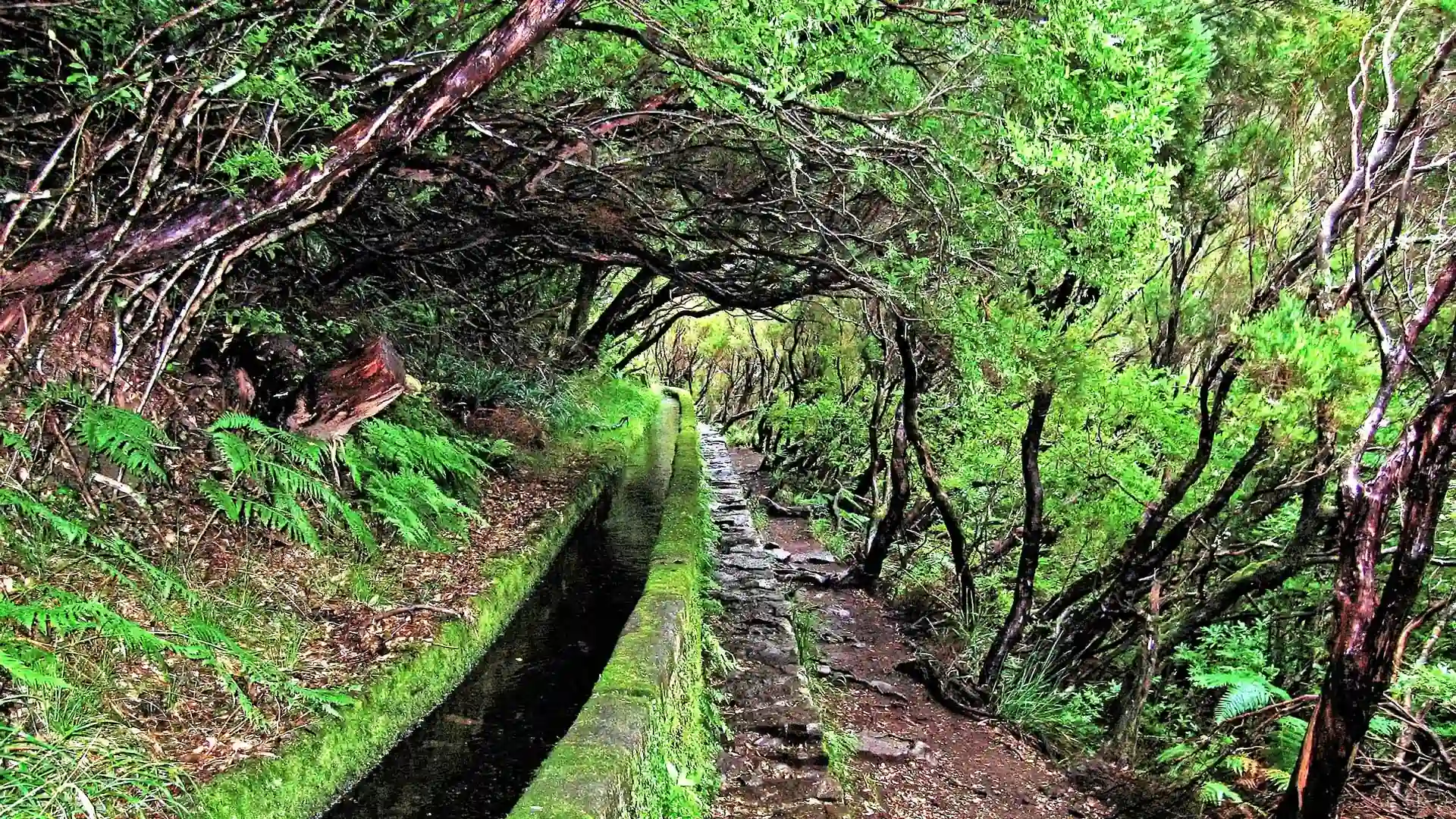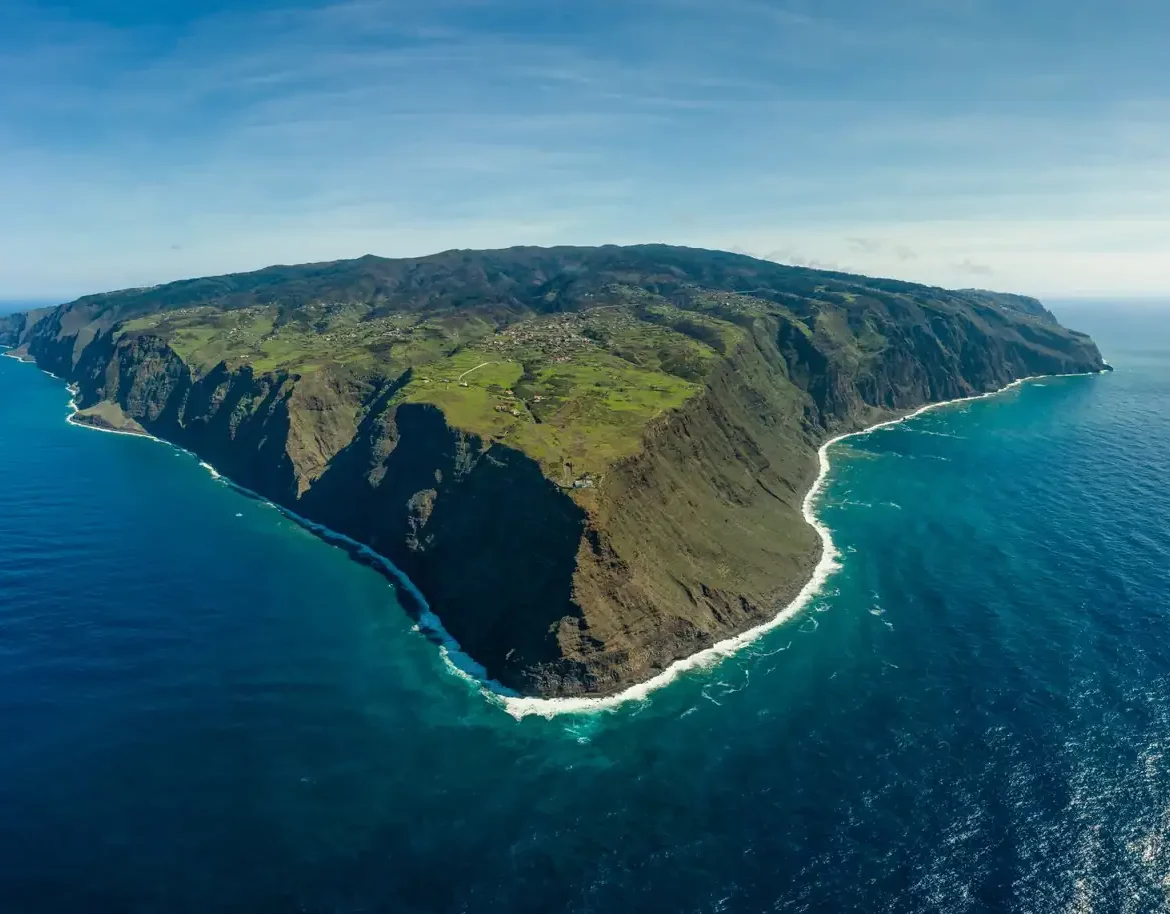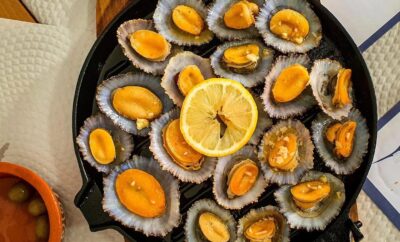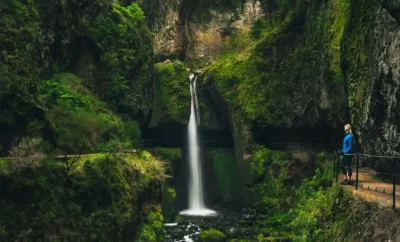Madeira
Madeira, a Portuguese gem in the Atlantic Ocean, has a rich and fascinating history that dates back over six centuries. The island was discovered in 1419 by the Portuguese explorers João Gonçalves Zarco and Tristão Vaz Teixeira, who stumbled upon it while on a mission ordered by Prince Henry the Navigator. Originally, Madeira was an uninhabited and heavily forested island, hence its name, which means “wood” in Portuguese. Zarco and his crew first landed on the neighboring island of Porto Santo, but after facing harsh conditions, they moved to Madeira and began settling the land.
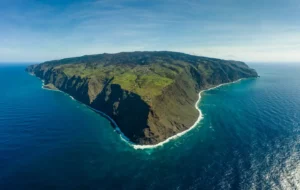
The early settlers faced the challenge of clearing dense forests to make the land arable. Using fire, they cleared large areas, but the fires burned uncontrollably for years, shaping the island’s rugged, terraced landscape. This process set the stage for the development of Madeira as an agricultural center. The first successful crops included wheat, sugar cane, and later, the grapes that would make Madeira wine famous worldwide. By the late 15th century, Madeira’s sugar industry was thriving, attracting merchants from across Europe and making the island a vital trading hub. It was known as “White Gold” during this period due to the high value of sugar.
Madeira’s strategic location in the Atlantic also made it an important stop for ships during the Age of Exploration. Famous explorers like Christopher Columbus visited Madeira before his voyages to the Americas. The island’s location served as a crucial waypoint for ships heading to Africa, India, and the New World, allowing Madeira to grow in wealth and influence.
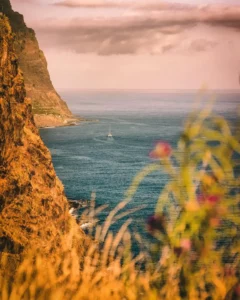 Over the centuries, Madeira has experienced both prosperity and hardship. The sugar industry eventually declined, but the cultivation of Madeira wine took its place as a primary export. In the 17th and 18th centuries, Madeira wine became highly sought after by British and American traders, with the drink even being used to toast the signing of the U.S. Declaration of Independence. This period established Madeira’s reputation as a producer of high-quality wine, a legacy that continues to this day.
Over the centuries, Madeira has experienced both prosperity and hardship. The sugar industry eventually declined, but the cultivation of Madeira wine took its place as a primary export. In the 17th and 18th centuries, Madeira wine became highly sought after by British and American traders, with the drink even being used to toast the signing of the U.S. Declaration of Independence. This period established Madeira’s reputation as a producer of high-quality wine, a legacy that continues to this day.
In the 19th century, Madeira began to emerge as a tourist destination. Its mild climate, stunning landscapes, and reputation for health benefits drew visitors from across Europe. The island became particularly popular among British aristocrats and wealthy travelers who came seeking relaxation and to escape the colder climates of Northern Europe. Many of the grand hotels and gardens that still exist today were built during this period of burgeoning tourism.
In modern times, Madeira continues to be a destination that blends its historical legacy with modern comforts. Visitors can explore the island’s unique laurel forests, classified as a UNESCO World Heritage Site, while also enjoying the charming cities, such as Funchal, which offers a mix of colonial architecture and vibrant markets. The island’s volcanic origins are visible in its dramatic cliffs, natural pools, and black sand beaches, adding to its unique character.
Today, Madeira is known not only for its natural beauty and rich history but also for its warm hospitality. The island has grown into a haven for nature lovers, adventure seekers, and those looking to unwind in a peaceful environment. Whether hiking along the levadas, visiting the vineyards that produce Madeira’s iconic wine, or simply enjoying the sun on one of its beaches, Madeira’s deep connection to its past and its natural splendor make it a destination unlike any other.
